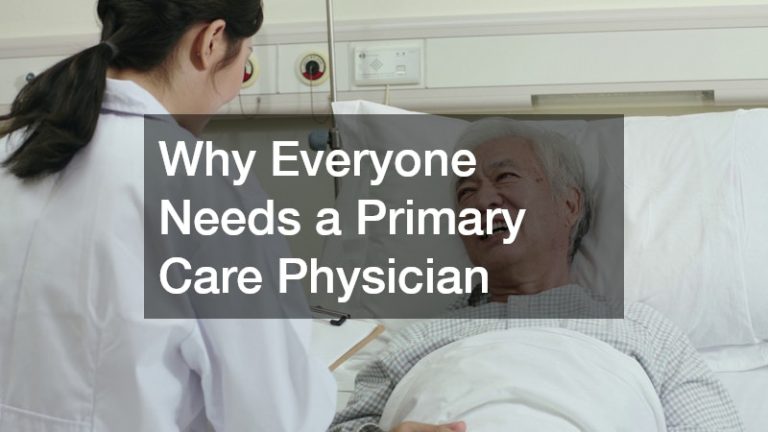

As a dental hygienist, I have dedicated my career to promoting oral health and well-being. Throughout my years of experience, I’ve witnessed firsthand the significant impact missing teeth can have on a person’s life. Beyond the aesthetic concerns, missing teeth can trigger a domino effect of negative consequences for your oral health. When teeth are absent, the remaining teeth shift, potentially leading to misalignment, bite problems, and difficulty chewing. This shifting can also cause bone loss in the jaw, impacting the facial structure and potentially complicating future dental procedures.
Additionally, the gaps left by missing teeth create ideal breeding grounds for bacteria, significantly increasing the risk of gum disease and tooth decay in neighboring teeth. Missing teeth can also impact your speech and confidence, making it difficult to smile or speak freely without feeling self-conscious.
Fortunately, modern dentistry offers a variety of effective solutions to address missing teeth and restore both the functionality and beauty of your smile. This comprehensive guide, written from the perspective of a dental hygienist, delves into the most common tooth replacement options, empowering you to make informed decisions about your oral health journey and reclaim the confidence that comes with a complete and healthy smile.
Shifting Teeth: Gaps left by missing teeth can cause remaining teeth to migrate, leading to misalignment, bite problems, and difficulty chewing. Bone Loss: The jawbone requires stimulation from tooth roots to maintain its density. Missing teeth can lead to bone deterioration, impacting facial structure and potentially complicating future dental procedures. Increased Risk of Oral Health Issues: Gaps create breeding grounds for bacteria, increasing the risk of gum disease and tooth decay in neighboring teeth. Speech and Confidence: Missing teeth can impact pronunciation and self-confidence when smiling or speaking. Fortunately, modern dentistry offers a variety of effective solutions to address missing teeth and restore both the functionality and beauty of your smile. This comprehensive guide, written from the perspective of a dental hygienist, explores the most common tooth replacement options, empowering you to make informed decisions about your oral health journey.
Exploring Tooth Replacement Options:
Here’s an overview of the most common tooth replacement options available:
1. Dental Implants:
Dental implants are considered the gold standard in tooth replacement, offering the closest resemblance to natural teeth in terms of function, aesthetics, and long-term durability. Here’s how they work:
Implant Placement: A titanium screw-like post is surgically inserted into the jawbone, mimicking the natural tooth root. Abutment and Crown: After healing, an abutment is attached to the implant, providing a platform for a custom-made dental crown that replicates the natural tooth’s appearance and function. Advantages of Dental Implants:
Long-Term Stability: Implants fuse with the jawbone, providing exceptional stability and preventing bone loss. Natural Feel and Function: Implants function and feel very similar to natural teeth, allowing for comfortable chewing and speaking. Improved Oral Health: Implants prevent teeth from shifting and maintain jawbone health, reducing the risk of further dental problems. Aesthetics: Dental crowns are custom-made to blend seamlessly with your existing teeth, creating a natural-looking smile. 2. Dental Bridges:
Dental bridges are a cost-effective alternative for replacing one or more missing teeth. They consist of a prosthetic tooth (pontic) anchored to adjacent healthy teeth with dental crowns.
Advantages of Dental Bridges:
Cost-Effective: Bridges are generally less expensive than implant-supported restorations. Effective Solution: Bridges restore functionality and aesthetics, improving chewing and speech. Relatively Quick Procedure: Bridge placement typically requires fewer appointments compared to implants. 3. Dentures:
Dentures are removable appliances that replace multiple missing teeth or all teeth in an arch. They can be:
Full Dentures: Replace all teeth in an upper or lower arch. Partial Dentures: Replace several missing teeth within an arch, supported by remaining natural teeth or dental implants for added stability. Advantages of Dentures:
Cost-Effective: Dentures are often the most affordable option for replacing multiple teeth. Improved Function: Dentures restore chewing and speaking ability, enhancing the overall quality of life. Variety of Options: Different dentures are available to suit individual needs and preferences. Choosing the Right Option:
The best replacement option depends on several factors:
Number of Missing Teeth: The number of missing teeth determines if a single implant, bridge, or full/partial denture is suitable. Jawbone Health: Sufficient jawbone density is crucial for implant placement. If bone loss is present, additional procedures might be necessary. Overall Oral Health: Existing dental conditions and oral health can influence the suitability of different options. Budget: Costs vary significantly between options. Dental implants are generally the most expensive, followed by bridges and then dentures. Consulting a Dental Professional:
It’s crucial to consult a dentist or prosthodontist to assess your individual needs and determine the most suitable tooth replacement option. They will conduct a thorough examination, discuss your budget and preferences, and guide you through the entire process, ensuring a successful outcome that restores your oral health and smile.
By understanding the available options and seeking professional guidance from a dental professional, you can confidently choose the best tooth replacement solution to regain your oral health, function, and a confident smile.
.



